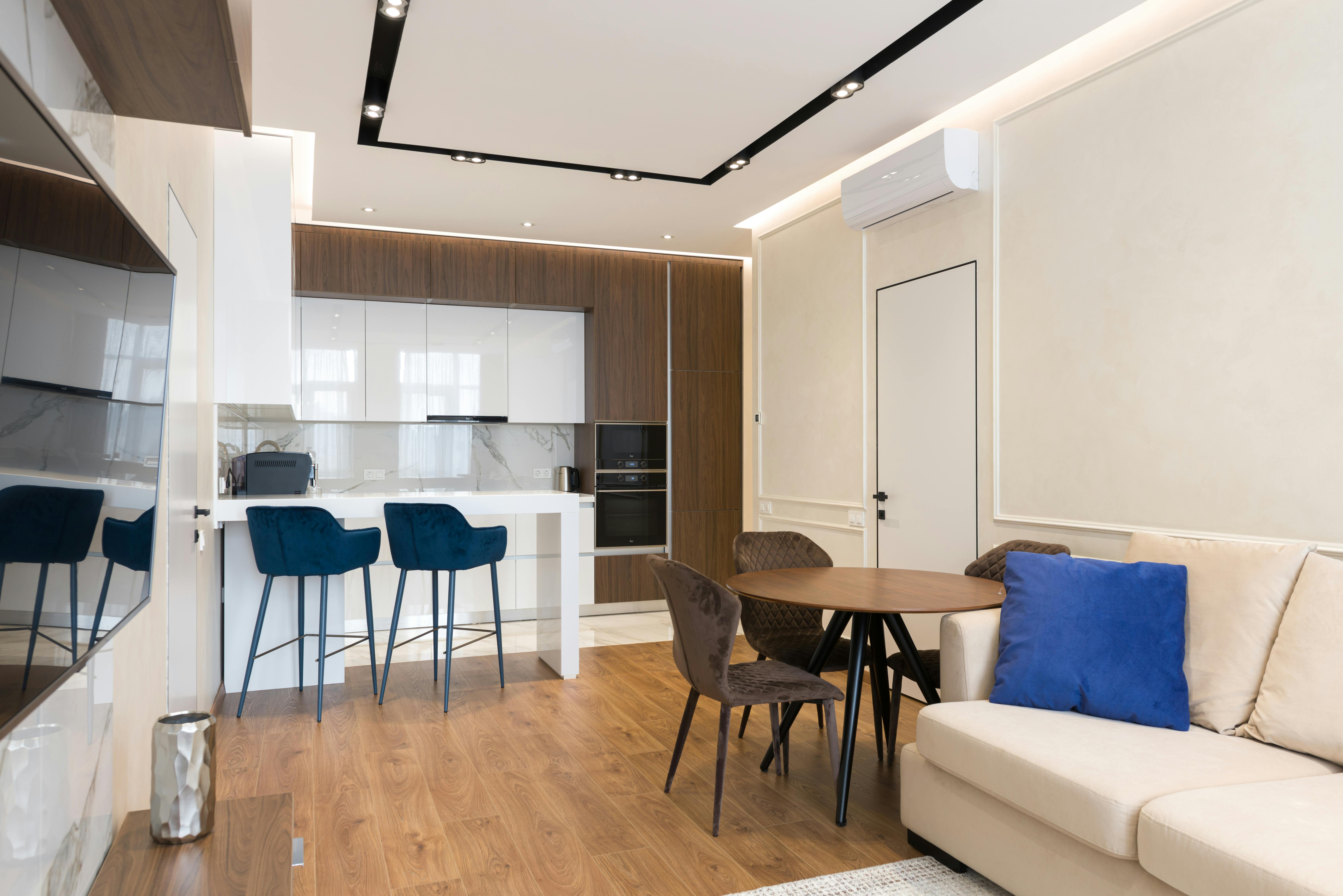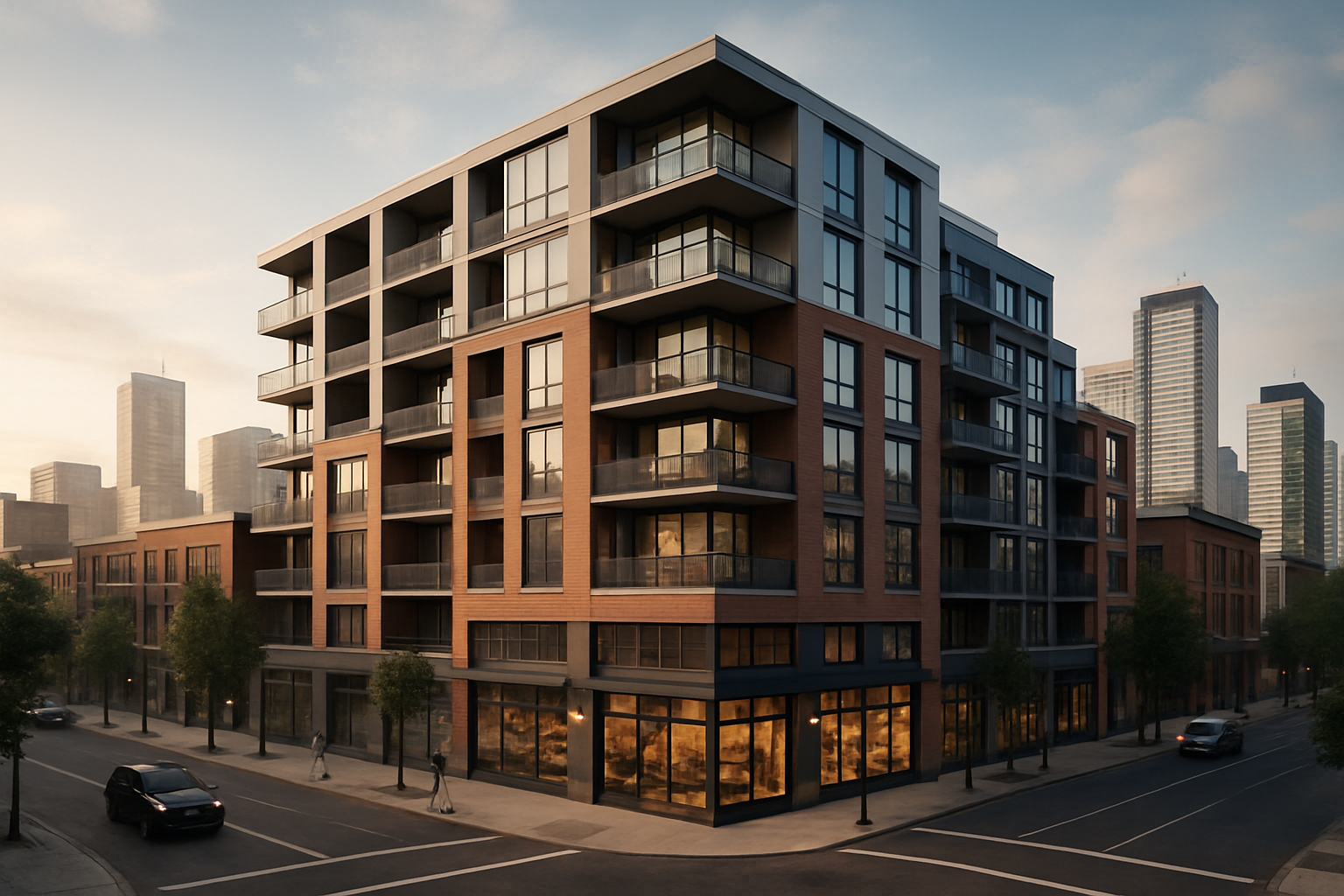Reimagining Space: Multifunctional Design in the Modern Home
Our homes are a reflection of ourselves and the way we live. They are more than just spaces for sleeping, eating, and relaxing. In recent years, the rise of remote working, online schooling, and home-based hobbies has turned our homes into offices, classrooms, and creative studios. This new lifestyle calls for a fresh approach to home design, one that celebrates multifunctional spaces.

From Single-Use to Multi-Purpose: The Evolution of Home Spaces
The traditional model of home design, where each room has a single, defined purpose, has been gradually evolving. In the past, rooms were designed with a single function in mind, such as sleeping, eating, or relaxing. However, the changing nature of our lives has necessitated a shift towards multifunctional design. This design approach involves creating spaces that can serve multiple purposes, enabling us to live, work, and play in the same area.
Current Market Trends: Embracing Flexibility
Current market trends are reflecting this shift towards multifunctional spaces. Consumers are looking for furniture that can serve double duty, such as sofa beds, extendable dining tables, and desks that can be tucked away when not in use. Homeowners are also investing in room dividers and screens to create temporary workspaces or study areas. These trends are a clear indication of the demand for more flexible and adaptable home spaces.
Practicality and Enhanced Living: The Benefits of Multifunctional Spaces
Multifunctional spaces not only provide flexibility but also enhance our daily living. They allow us to maximize our use of space, especially in smaller homes or apartments. They also promote a more efficient and organized lifestyle. For example, a living room that doubles as a home office can help to separate work life from personal life, even in the same environment. In this way, multifunctional design can contribute to our wellbeing and productivity.
Expert Insights: How to Achieve a Multifunctional Design
Achieving a successful multifunctional design involves careful planning and creative thinking. Experts suggest starting by evaluating your needs and how you use your space. Consider the activities that take place in your home and how your spaces can be adapted to accommodate them. Next, invest in versatile furniture and storage solutions that can be easily moved or reconfigured. Lastly, utilize design elements like lighting, color, and materials to define different zones within the same space.
In conclusion, multifunctional design represents a fresh and innovative approach to home design. By embracing this trend, we can create spaces that are not only beautiful and stylish but also functional and adaptable to our changing lifestyles.




